Cotsen Collections donated to George Washington University and The Textile Museum

Cotsen Collection
27 images
Textiles from the Cotsen Collection donated to George Washington University and The Washington Textile Museum by the 1985 Trust set up by Lloyd Cotsen.
- Manufactured by T.D. Whitney Company, from the “Towne & Country Cretonnes” Collection, 1915-1920, printed cotton plainweave, Cotsen Textile Traces Study Collection, T-2863
- Maker Unknown, Sogdian People, textile Fragment, Tang dynasty (618-907 CE), embroidered compound weave silk, Cotsen Textile Traces Study Collection
- Archie Brennan (Scottish, 1931- ), “Lady in Kimono (1)”, 1993, Tapestry woven wool, Cotsen Textile Traces Study Collection, T-1060
- Maker Unknown, Futuna Island, textile Fragment, c. 1920, pigmented bark cloth (tapa), Cotsen Textile Traces Study Collection, T-2922u
- Artist Unknown, Chukchi people, drawstring Pouch, 1890-1930, appliqué and embroidery on leather with wool yarn, moose hair, sinew, and leather, Cotsen Textile Traces Study Collection, T-0870
- Virginia Lee Demetrios (American, 1909-1968) for Schumacher, “Finnish Hop”, 1943, printed cotton twill weave, Cotsen Textile Traces Study Collection, T-2137
- Artist Unknown, England, pair of Gloves, 1550-1650, kid leather, silk ribbon, and tapestry woven silk with silver wrapped thread, silver thread lace, and silver sequins, Cotsen Textile Traces Study Collection, T-0560a-b
- James Bassler (American, 1933- ), “Lloyd”, 2008, Four-selvage cotton plainweave, Cotsen Textile Traces Study Collection, T-2963
- Wiener Werkstatte, Vienna Austria, sample book, c. 1927, printed silk samples bound in coated canvas, Cotsen Textile Traces Study Collection, T-0474
- Artist Unknown, Coptic culture, shawl Fragment, 3rd to 5th century CE, tapestry woven wool and linen, inscribed “Jesus Christ bless Moses your servant”, Cotsen Textile Traces Study Collection, T-107-
- Artist Unknown, pair of pillow ends, former (Western) Han dynasty (CAL 257-36 BCE), embroidery on silk plainweave, Cotsen Textile Traces Collection, T-0145b
- Artist Unknown, pair of pillow ends, former (Western) Han dynasty (CAL 257-36 BCE), embroidery on silk plainweave, Cotsen Textile Traces Collection, T-0145a
- Henry Moore (British, 1898-1986) for the Ascher Project, “Treble Clef, Zigzag and Oval Safety Pins”, 1946-47, printed rayon, printed by Ascher, Cotsen Textile Traces Study Collection, LEC-0134
- Kolomon Moser (Austrian, 1868-1918) for the Wiener Werkstatte, “Baumfalke”, c. 1900, printed silk taffeta, Cotsen Textile Traces Study Collection, T-2603
- Maker Unknown, Safavid culture, textile Fragment, Safavid dynasty (1502-1736), silk velvet, Cotsen Textile Traces Study Collection, T-0102
- Lia Cook (American, 1942- ), “Attitude”, 1999, Handwoven cotton and rayon, Lloyd Cotsen Textile Traces Collection, T-0685
- Artist Unknown, Nazca culture, mantle border, Early Intermediate Period (2nd-8th century CE), single element construction (cross-knit looping) with camelid fiber, Cotsen Textile Traces Study Collection, T-0093
- Maker Unknown, Lapp People, Pouch, c. 1930, wool and suede appliqué, Cotsen Textile Traces Study Collection, T-1775
- Junichi Arai (Japanese, 1932-2017) for Yoshiki Hishinuma, “Yuragi” (Fluctuation), c. 1994, heat-pleated, melt-off polyester and nylon, manufactured by Daito Pleats Co. Ltd., Cotsen Textile Traces Study Collection, T-2338
- Artist Unknown, India, made for the Indonesian market, fragment from a Ramayana (Ceremonial Hanging), mordant dyed cotton plainweave, Cotsen Textile Traces Collection, T-0954
- Sheila Hicks (American, 1934- ), “Night Bird’s Song”, 1997, spun stainless-steel plainweave with weft slits, Cotsen Textile Traces Study Collection, T-1009
- Lucy Palmer, New Haven Connecticut, wallet, c. 1757, needlepoint in wool on cotton canvas, Cotsen Textile Traces Collection, T-0101
- Artist Unknown, Dayak/Iban people, beaded panel from a baby carrier, 20th century, glass trade beads, cotton thread, Cotsen Textile Traces Study Collection, T-3220
- Artist Unknown, Coptic Egypt, textile fragment, 9th-11th century CE, tapestry woven silk, wool, and linen, Cotsen Textile Traces Collection, T-0238
- Alexander Shaw (Bookseller) (Britain), “A Catalog of the Different Specimens of Cloth Collected in the Three Voyages of Captain Cook”, 1787, handbound printed paper and samples of Tapa cloth, Cotsen Textile Traces Study Collection, T-3193
- Artist Unknown, Coptic culture, shawl Fragment, 3rd to 5th century CE, tapestry woven wool and linen, inscribed “Jesus Christ bless Moses your servant”, Cotsen Textile Traces Study Collection
- Ray Komai (American, 1918- ) for Laverne Originals, New York, “Masks”, 1948, screenprinted cotton plainweave, Cotsen Textile Traces Study Collection, T-0709
The Washington Textile Museum, now part of the US capital’s George Washington University, has received a $18.4 million gift of more than 4,000 textiles, together with purpose-built cabinetry and an endowment, from the 1985 Trust set up by Lloyd Cotsen, former CEO of Neutrogena. A long-serving TM trustee, Cotsen, who died in 2017 was a passionate art collector and philanthropist who admired lesser-known art forms and was fascinated with texture and structure. He acquired objects from around the world, including children’s books, Chinese mirrors, Japanese bamboo baskets and a vast assortment of textiles, subsequently donating them to various institutions and art museums (see HALI 194, Winter 2017, pp.90-105).
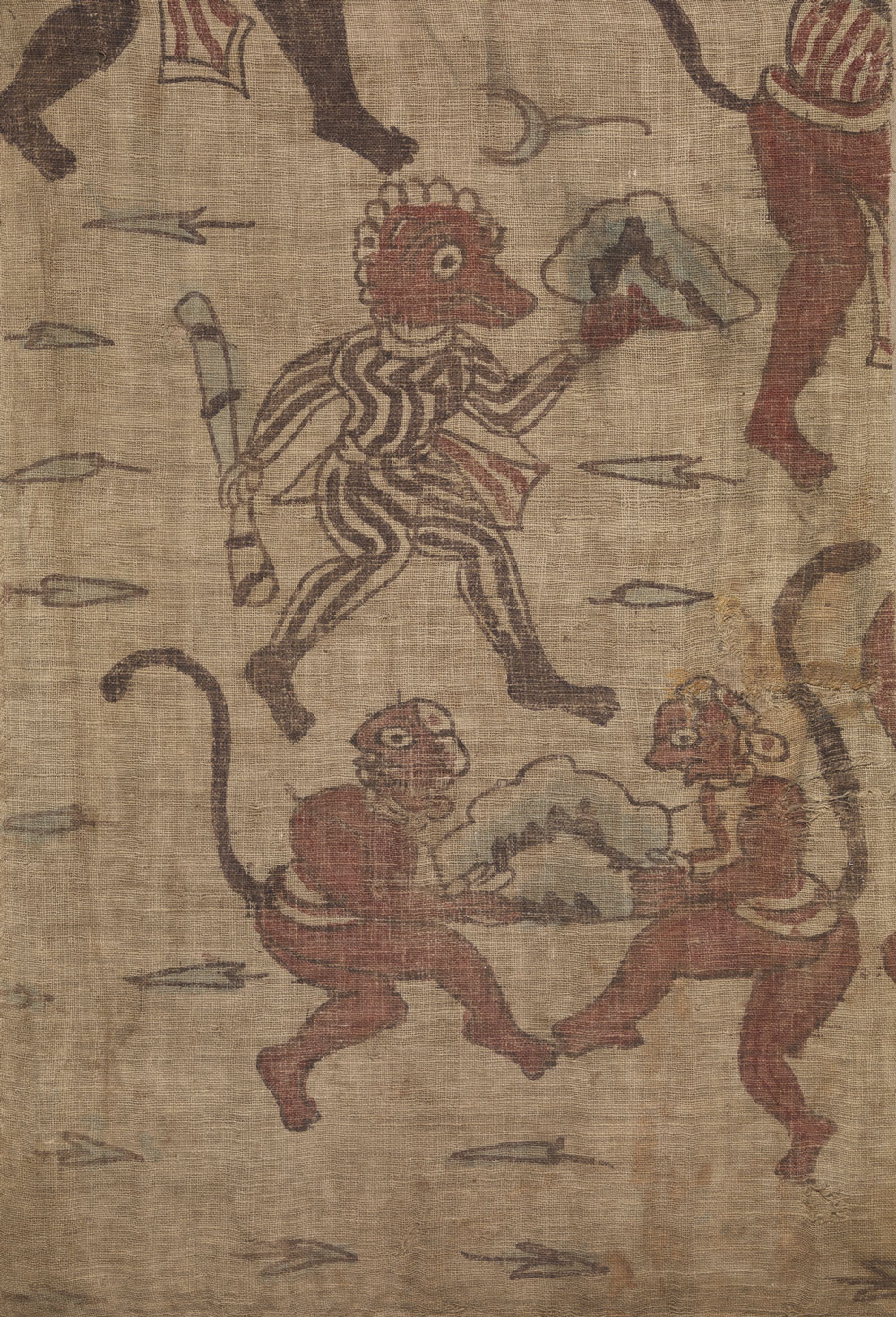
Artist Unknown, India, made for the Indonesian market, fragment from a Ramayana (Ceremonial Hanging), mordant dyed cotton plainweave, Cotsen Textile Traces Collection
At the heart of the GWU/TM donation is the Cotsen Textile Traces Study Collection, comprising small-sized textile fragments representing cultures around the globe and dating from antiquity to the present—one of the most significant study collections ever assembled by an individual. The gift includes the creation of a permanent dedicated space within the museum to be called the Cotsen Textile Traces Study Center. This much needed facility means that for the first time since its founding in 1925, there will always be things to see no matter what else is happening at the museum. In addition, the Cotsen Trust has given 137 larger textiles, among them pre-Columbian garments from Peru, rugs from China and Anatolia, Greek embroidery, and works by international contemporary artists.

Artist Unknown, Coptic culture, shawl Fragment, 3rd to 5th century CE, tapestry woven wool and linen, inscribed “Jesus Christ bless Moses your servant”, Cotsen Textile Traces Study Collection
The Cotsen Trust will also provide an endowment to support the development and coordination of programmes at the museum that emphasise research, scholarly projects and professional outreach related to the Textile Traces Study Collection, including conferences, visiting scholar lectures, research and publications. Lloyd Cotsen’s widow, Margit Sperling Cotsen, says that ‘The mission of the museum at the George Washington University aligns perfectly with Lloyd’s vision to inspire interdisciplinary research and scholarship that focuses on textiles.’


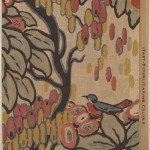
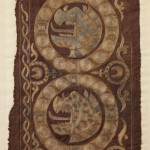
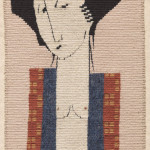
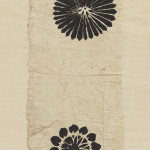
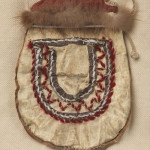


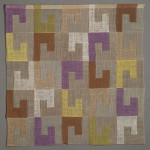
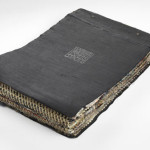
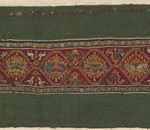
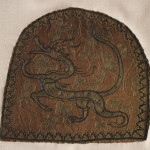
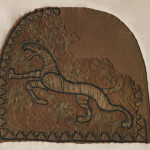
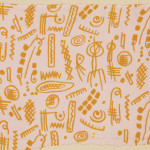





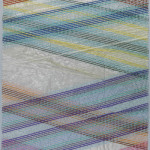
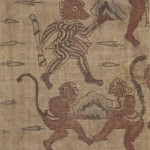
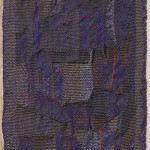
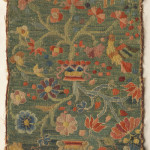
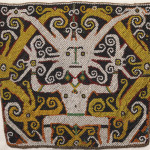

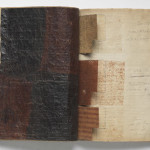
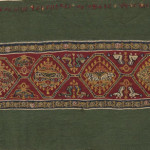

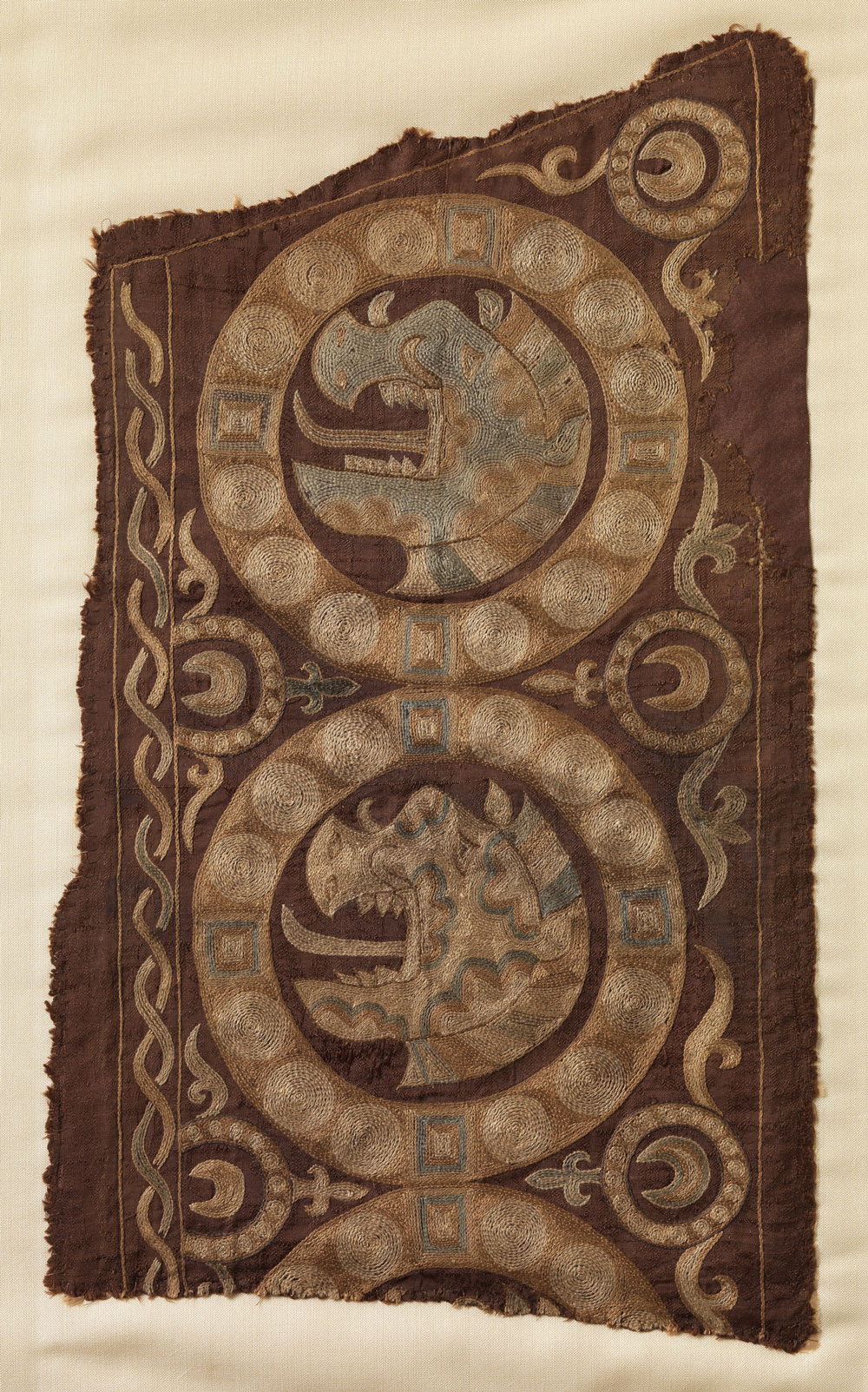

























Comments [0] Sign in to comment